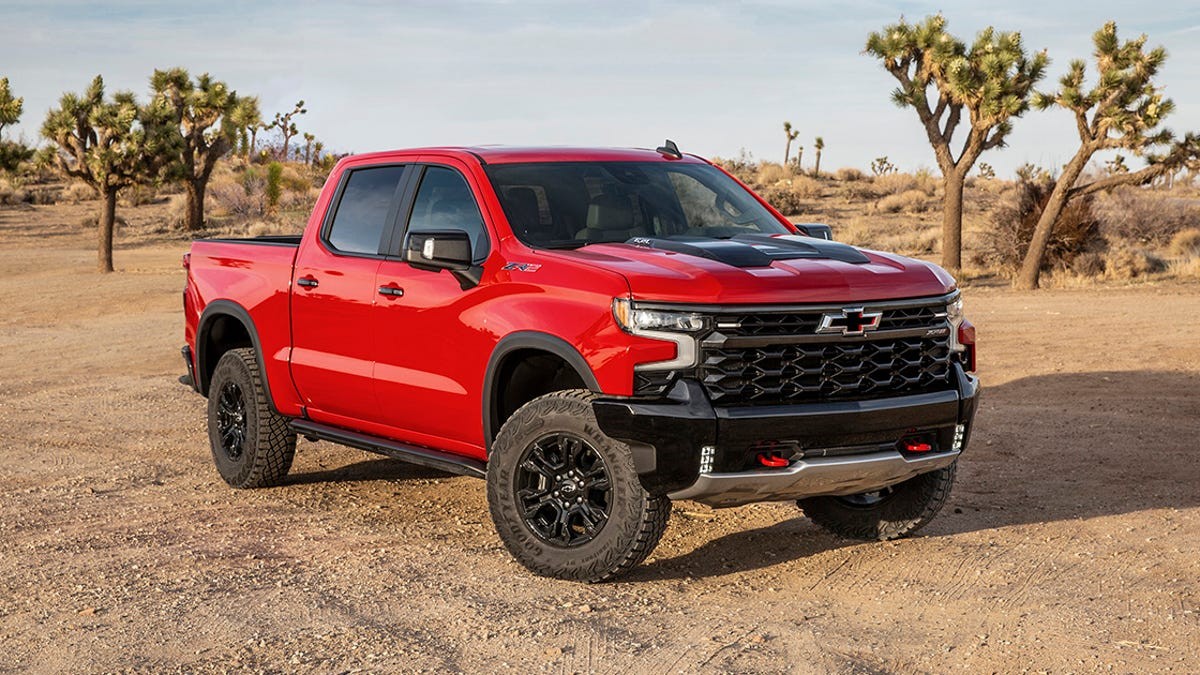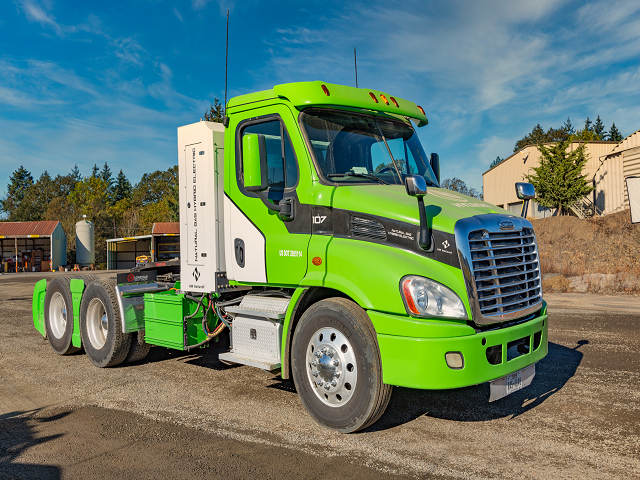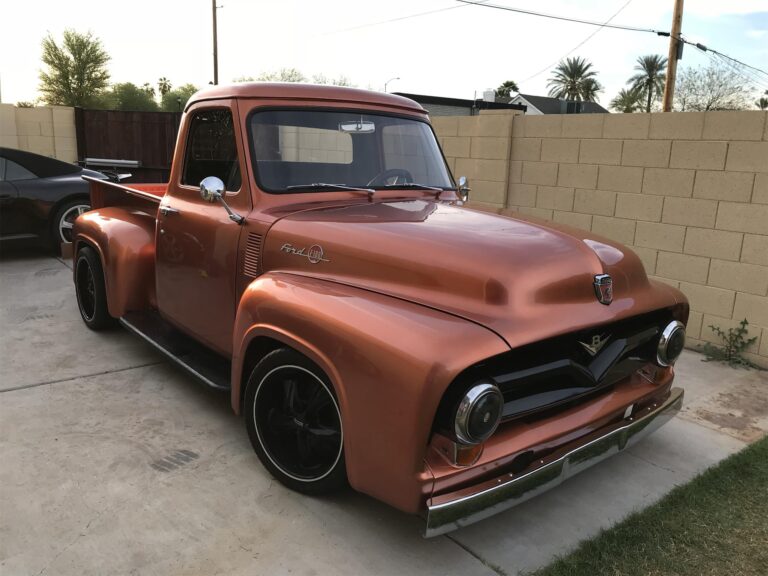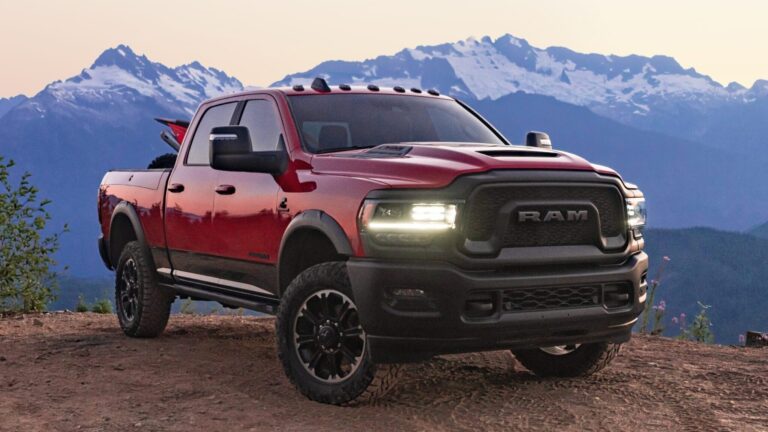Chevy Duramax Diesel Trucks For Sale: Your Ultimate Buying Guide
Chevy Duramax Diesel Trucks For Sale: Your Ultimate Buying Guide cars.truckstrend.com
The rumble of a diesel engine, the immense torque for towing, and the promise of enduring reliability – these are the hallmarks that draw countless buyers to Chevy Duramax diesel trucks. For decades, the partnership between Chevrolet’s robust truck platforms (Silverado and GMC Sierra) and Isuzu’s powerful Duramax diesel engines, paired with the legendary Allison transmission, has created a formidable force in the heavy-duty truck market. Whether you’re a contractor needing serious hauling capacity, a recreational vehicle enthusiast towing a large trailer, or simply someone who appreciates the raw power and longevity of a diesel, a used Chevy Duramax truck for sale represents a compelling proposition.
This comprehensive guide will navigate you through the world of Duramax diesel trucks, offering insights into their enduring appeal, crucial buying considerations, where to find them, and essential tips for ownership.
Chevy Duramax Diesel Trucks For Sale: Your Ultimate Buying Guide
The Enduring Appeal of the Duramax Diesel Engine
At the heart of every Chevy Duramax truck lies the engine itself – a marvel of diesel engineering developed by DMAX, a joint venture between General Motors and Isuzu. Since its debut in 2001, the Duramax V8 engine has undergone several evolutions, each generation building upon its predecessor’s strengths:
- LB7 (2001-2004): The original, known for its strong performance but susceptible to injector issues.
- LLY (2004.5-2006): Addressed some LB7 issues, but later models could experience overheating due to restrictive turbo inlets.
- LBZ (2006-2007 Classic): Widely considered one of the most reliable and powerful pre-emissions Duramax engines.
- LMM (2007.5-2010): Introduced DPF (Diesel Particulate Filter) for emissions, which could lead to regeneration cycles.
- LML (2011-2016): Saw significant power increases but also introduced the CP4 fuel pump, known for potential failures.
- L5P (2017-2019) & LP5 (2020-Present): The latest iterations, offering immense power and torque, with improved emissions systems and often a more robust fuel system design.
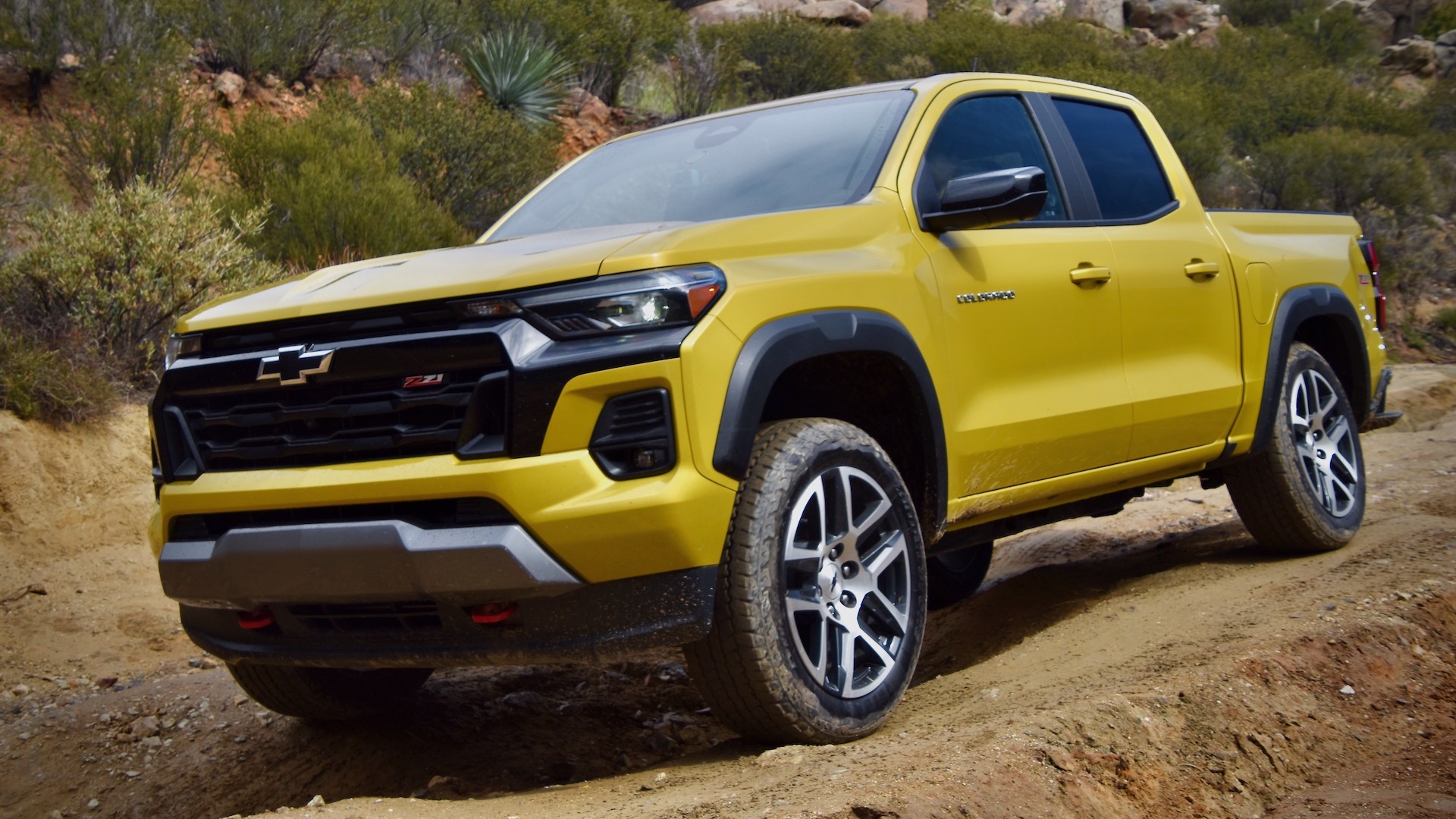
The Duramax engine, almost exclusively paired with the legendary Allison 1000 series automatic transmission (except for some newer 1500 models with a 10-speed automatic), provides unparalleled towing capacity, impressive fuel economy for a heavy-duty truck, and a reputation for longevity, often exceeding 300,000 miles with proper maintenance. This combination of power, durability, and efficiency makes a Duramax a sought-after vehicle for both work and play.
What to Consider When Buying a Used Duramax
Purchasing a used Duramax requires careful consideration to ensure you’re getting a reliable workhorse rather than a money pit.
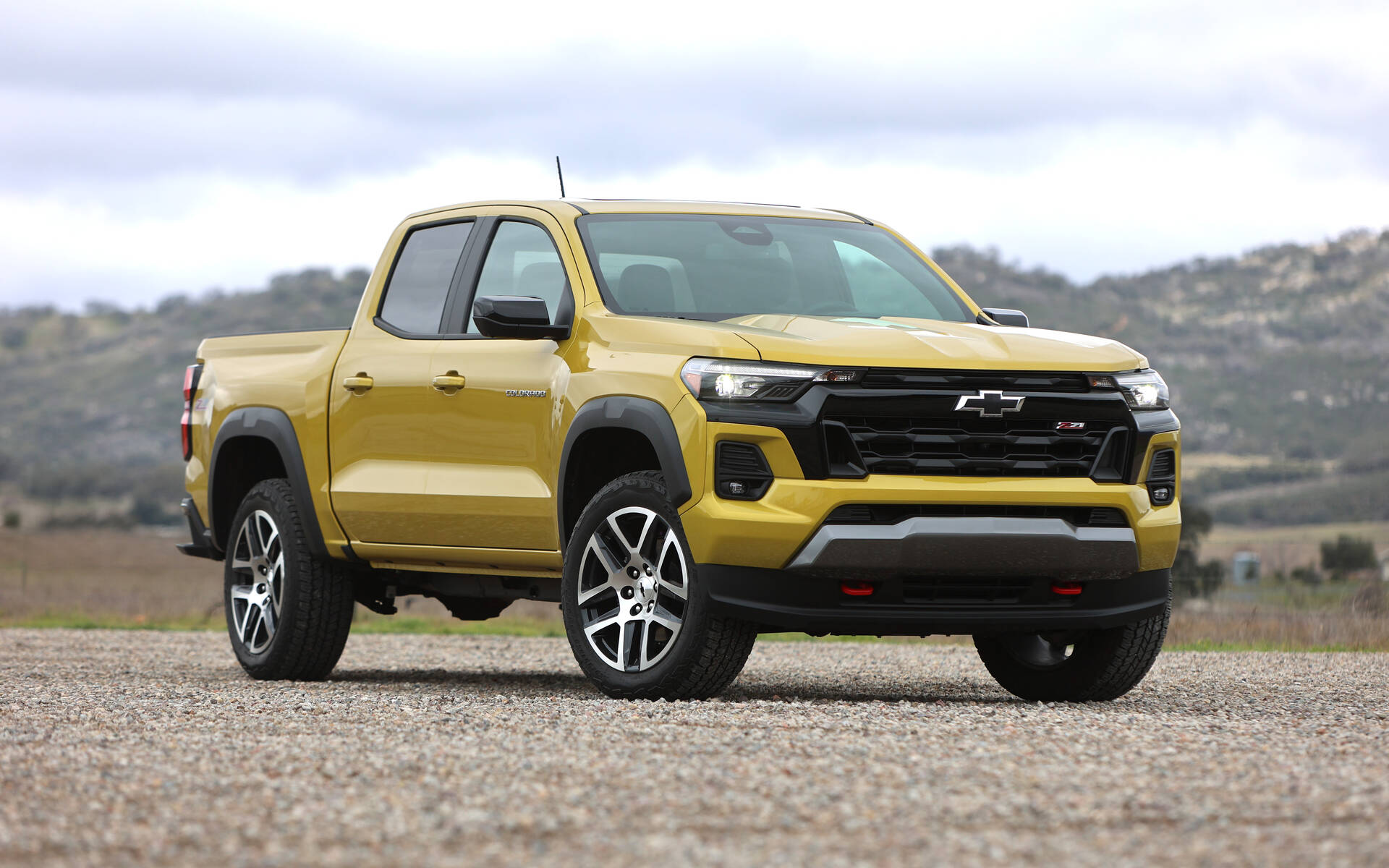
1. Model Year and Engine Generation: Know the Quirks
Each Duramax generation has its unique characteristics and potential issues:
- LB7 (2001-2004): Inspect for fuel injector issues. If already replaced, it’s a plus.
- LLY (2004.5-2006): Check for overheating problems, especially under load. Upgraded mouthpieces can mitigate this.
- LBZ (2006-2007 Classic): Generally robust, but check for usual wear and tear. These command a premium.
- LML (2011-2016): The CP4 fuel pump is a known weak point. Research preventative measures like aftermarket lift pumps or consider a CP3 conversion if the budget allows.
- LMM, LML, L5P/LP5 (2007.5-Present): These trucks have DPF and DEF systems. Understand the maintenance and potential issues associated with modern emissions equipment.
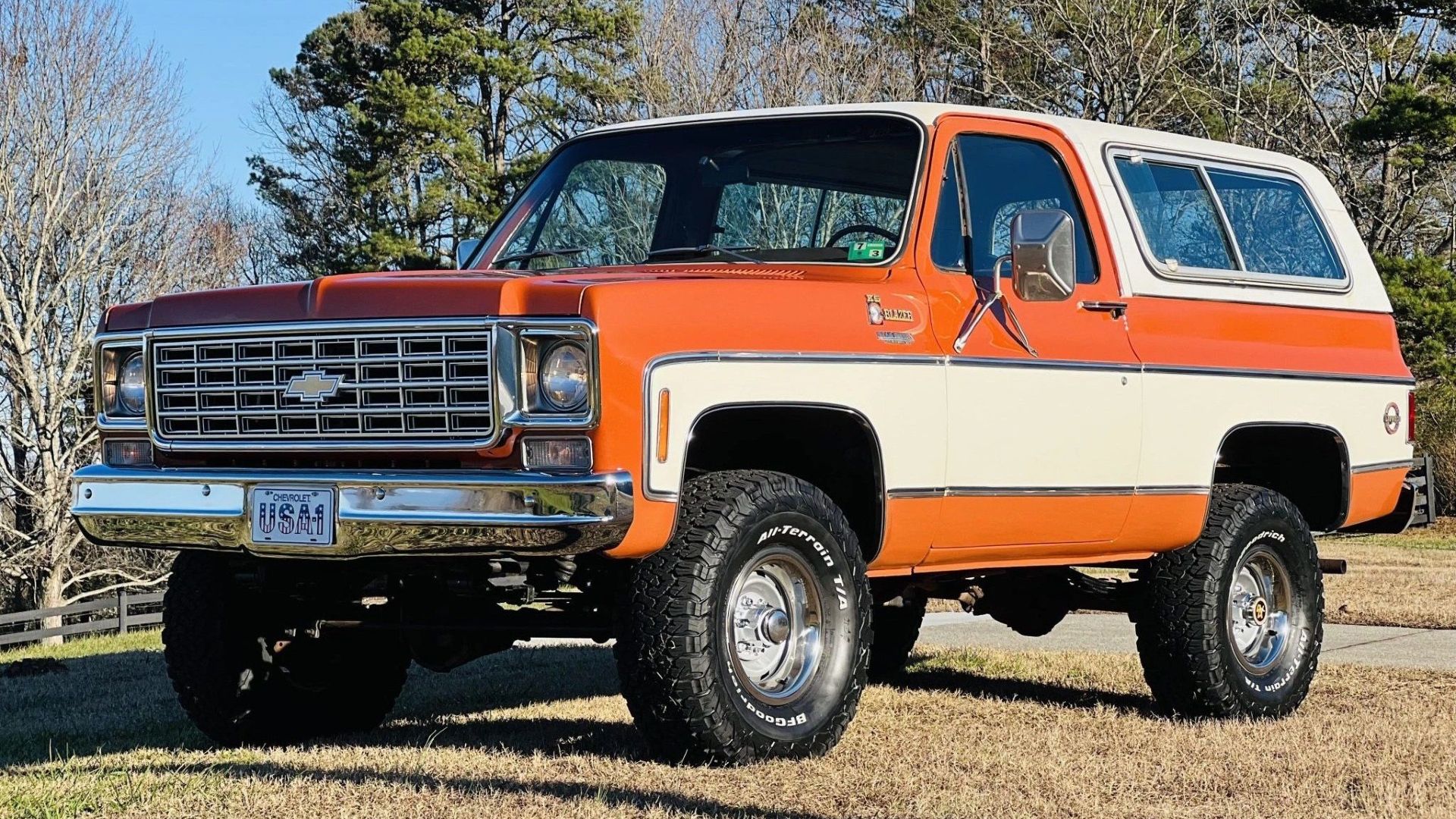
2. Mileage and Maintenance Records: The Holy Grail
High mileage isn’t necessarily a deal-breaker for a well-maintained Duramax, but proof of maintenance is paramount. Look for:
- Regular oil changes: Diesel engines require specific oil and more frequent changes.
- Fuel filter replacements: Critical for protecting the sophisticated fuel system.
- Transmission fluid and filter changes: Especially important for heavy towing.
- Coolant flushes: Prevents corrosion and maintains engine health.
- Records of major repairs: Head gaskets, injectors, turbo replacements, etc.
If records are sparse, budget for a thorough inspection and possibly immediate fluid changes.
3. Rust Inspection: A Silent Killer
Duramax trucks are often used for work, exposing them to harsh conditions. Thoroughly inspect for rust:
- Frame rails: Especially around welds and mounting points.
- Brake lines and fuel lines: These can corrode, leading to dangerous failures.
- Cab corners, rocker panels, wheel wells: Common rust spots on the body.
- Undercarriage components: Suspension, exhaust, and differentials.
4. Modifications: Friend or Foe?
Many Duramax owners modify their trucks for performance or aesthetics. Be cautious:
- Engine Tuning (ECM/Tuner): While increasing power, aggressive tunes can stress components, reduce longevity, and void warranties. Ask if the truck can be returned to stock tuning.
- Exhaust Systems: "Delete" kits (DPF/EGR removal) are illegal for street use in many areas and can lead to emissions test failures.
- Lift Kits/Suspension: Can affect ride quality, steering components, and tire wear. Ensure installation was professional.
- Aftermarket Parts: Research the quality and reputation of installed aftermarket components.
5. The Test Drive Checklist
A comprehensive test drive is essential:
- Cold Start: Listen for unusual noises, knocking, or excessive smoke.
- Engine Performance: Does it accelerate smoothly? Is there any hesitation or power loss?
- Transmission Shifting: Should be firm and smooth, without clunking or slipping. Test all gears, including reverse.
- Brakes: Check for pulsation, squealing, or pulling.
- Steering and Suspension: Does it track straight? Any play in the steering wheel? Listen for clunks or rattles over bumps.
- 4×4 Engagement: If applicable, engage 4-wheel drive (high and low) to ensure it works properly.
- Dashboard Lights: Ensure no check engine light or other warning lights are illuminated.
6. Pre-Purchase Inspection (PPI): Your Best Investment
Regardless of who you’re buying from, invest in a pre-purchase inspection by an independent, trusted mechanic specializing in diesel trucks. They can identify issues you might miss and provide an objective assessment of the truck’s condition.
Where to Find Your Next Duramax Diesel Truck
The market for used Duramax trucks is robust, with several avenues to explore:
- Dealerships (New & Used): Offer convenience, financing options, and sometimes certified pre-owned (CPO) warranties. Prices tend to be higher, but you get peace of mind.
- Private Sellers: Often provide the best opportunity for negotiation and potentially lower prices. Be prepared for "as-is" sales and do your due diligence on inspections and paperwork.
- Online Marketplaces: Websites like AutoTrader, CarGurus, Cars.com, and local platforms like Facebook Marketplace and Craigslist offer a vast selection. Filter by make, model, fuel type, and mileage.
- Specialized Diesel Truck Dealers: Some dealerships focus specifically on diesel trucks, often having knowledgeable staff and a curated inventory.
- Auctions: Government, public, or salvage auctions can offer low prices, but they carry the highest risk due to limited inspection opportunities and "buyer beware" policies.
Understanding Duramax Trim Levels and Configurations
Chevy Duramax trucks come in a variety of configurations, impacting their price, features, and suitability for your needs:
- Silverado/Sierra Lineup: While the Duramax engine is synonymous with the 2500HD and 3500HD (heavy-duty) trucks, recent years have seen the 3.0L Duramax inline-six engine introduced in the lighter-duty 1500 series. For the V8 Duramax, you’re looking at 2500HD and 3500HD.
- Cab Styles:
- Regular Cab: Two doors, single row seating. Best for work-only or minimal passenger needs.
- Extended Cab (Double Cab): Four doors, but smaller rear doors and limited rear legroom. Good for occasional rear passengers.
- Crew Cab: Four full-size doors, spacious rear seating. Ideal for families or regular passenger transport.
- Bed Lengths:
- Short Bed: (Approx. 5’8" to 6’6") Common on Crew Cabs, easier to maneuver.
- Standard Bed: (Approx. 6’6" to 6’9") A good compromise for most uses.
- Long Bed: (Approx. 8′) Found on Regular Cabs, Extended Cabs, and some Crew Cabs, ideal for maximum cargo capacity or specific fifth-wheel/gooseneck hitches.
- Trim Levels: From basic work truck (WT) to luxurious High Country (Chevy) or Denali (GMC), trim levels dictate features like leather seats, advanced infotainment, safety tech, and exterior aesthetics. Higher trims naturally command higher prices.
- 2WD vs. 4WD: If you’re only driving on pavement and don’t need off-road capability or enhanced traction in snow/ice, a 2WD can be slightly cheaper and more fuel-efficient. For most heavy-duty applications or varied terrain, 4WD is preferred.
Owning and Maintaining a Duramax: Tips for Longevity
Once you’ve purchased your Duramax, proper maintenance is key to its longevity and reliability:
- Adhere to Service Intervals: Follow the manufacturer’s recommended schedule for oil changes (using correct diesel-rated oil), fuel filter replacements (critical!), air filter changes, and transmission services.
- Monitor Fluids: Regularly check engine oil, transmission fluid, differential fluid, coolant, and brake fluid levels.
- Understand DEF & DPF (for newer models): Keep the Diesel Exhaust Fluid (DEF) tank topped off and understand the Diesel Particulate Filter (DPF) regeneration process. Avoid frequent short trips that don’t allow the DPF to complete its cleaning cycle.
- Warm-Up and Cool-Down: Allow the engine to warm up before working it hard and let it idle for a minute or two after heavy loads or long drives to allow the turbo to cool down.
- Address Issues Promptly: Don’t ignore dashboard warning lights or unusual noises. Addressing small problems early can prevent costly major repairs.
- Consider Aftermarket Upgrades for Reliability: For LML owners, an aftermarket lift pump can significantly extend the life of the CP4 fuel pump. Additional fuel filtration can also protect the injection system across all generations.
Practical Advice and Actionable Insights
- Set a Realistic Budget: Not just for the purchase price, but also for insurance, maintenance, and potential initial repairs or upgrades.
- Don’t Rush: The perfect Duramax won’t appear overnight. Be patient and thorough in your search and inspection process.
- Research Specific Model Years: Dive deep into forums and owner groups for the specific year and engine generation you’re considering.
- Negotiate Effectively: Armed with research and inspection results, be prepared to negotiate the price, especially with private sellers.
- Factor in Resale Value: Duramax trucks tend to hold their value well, which is a significant advantage down the road.
Estimated Price Guide for Used Chevy Duramax Diesel Trucks For Sale
This table provides estimated price ranges for common Duramax generations. Actual prices will vary significantly based on mileage, condition, trim level, 2WD/4WD, modifications, and geographical location.
| Model Year Range | Engine Generation | Typical Mileage Range (Miles) | Estimated Price Range (USD) | Key Considerations/Notes |
|---|---|---|---|---|
| 2001-2004 | LB7 | 180,000 – 300,000+ | $8,000 – $15,000 | Early injector issues, check if replaced. Workhorse value. |
| 2004.5-2006 | LLY | 160,000 – 280,000+ | $10,000 – $18,000 | Overheating potential, less common than LBZ. |
| 2006-2007 Classic | LBZ | 150,000 – 250,000+ | $15,000 – $25,000+ | Highly sought-after, pre-emissions, very reliable. |
| 2007.5-2010 | LMM | 130,000 – 230,000+ | $15,000 – $25,000 | First with DPF, check regeneration history. |
| 2011-2016 | LML | 100,000 – 200,000+ | $20,000 – $35,000+ | CP4 fuel pump concerns, consider preventative measures. |
| 2017-2019 | L5P | 50,000 – 150,000+ | $35,000 – $55,000+ | Significant power bump, improved reliability. |
| 2020-Present | LP5 | < 70,000 | $50,000 – $80,000+ | Latest tech, highest power, premium pricing. |
Note: These are rough estimates for trucks in fair to good condition. Exceptionally low mileage or pristine condition trucks will command higher prices. High-trim models (LTZ, Denali, High Country) will be at the higher end of their respective ranges.
Frequently Asked Questions (FAQ)
Q1: Which Duramax engine is the best?
A1: This is subjective. The LBZ (2006-2007 Classic) is often considered the most reliable pre-emissions engine. For modern power and refinement, the L5P/LP5 (2017-Present) is top-tier, though it comes with more complex emissions systems.
Q2: What is the average lifespan of a Duramax engine?
A2: With proper maintenance, a Duramax engine can easily last 300,000 to 500,000 miles or more. The key is consistent oil changes, fuel filter replacements, and addressing issues promptly.
Q3: Are Duramax trucks expensive to maintain?
A3: Maintenance costs are generally higher than gasoline trucks due to specialized diesel oil, more frequent and expensive fuel filter changes, and potential costs for emissions system components (DEF, DPF). However, their longevity often offsets this over time.
Q4: Should I buy a modified Duramax?
A4: Exercise caution. Minor, well-installed modifications (e.g., suspension lift, better tires) might be fine. However, trucks with aggressive engine tunes or emissions deletes carry risks regarding reliability, legality, and resale value. Always prefer stock or professionally modified vehicles.
Q5: What’s the difference between a Chevy Silverado and a GMC Sierra Duramax?
A5: Fundamentally, they are the same truck under the skin, sharing the Duramax engine and Allison transmission. The differences are primarily cosmetic (front fascia, interior trim, badging) and trim level packaging. GMC often positions itself as a slightly more premium offering.
Q6: What’s the deal with DEF (Diesel Exhaust Fluid)?
A6: DEF is a liquid consumed by modern diesel trucks (2011 onwards for Duramax) as part of the Selective Catalytic Reduction (SCR) system to reduce NOx emissions. It needs to be refilled periodically. If the DEF tank runs low or the system malfunctions, the truck’s performance can be severely limited.
Conclusion
A Chevy Duramax diesel truck represents a significant investment, but one that can pay dividends in power, capability, and long-term reliability. By understanding the nuances of different engine generations, diligently inspecting potential purchases, and committing to proper maintenance, you can find a used Duramax that serves as a dependable workhorse, a capable tow rig, or a comfortable daily driver for many years to come. Do your homework, ask the right questions, and don’t hesitate to seek professional advice – your perfect Duramax is out there waiting.
